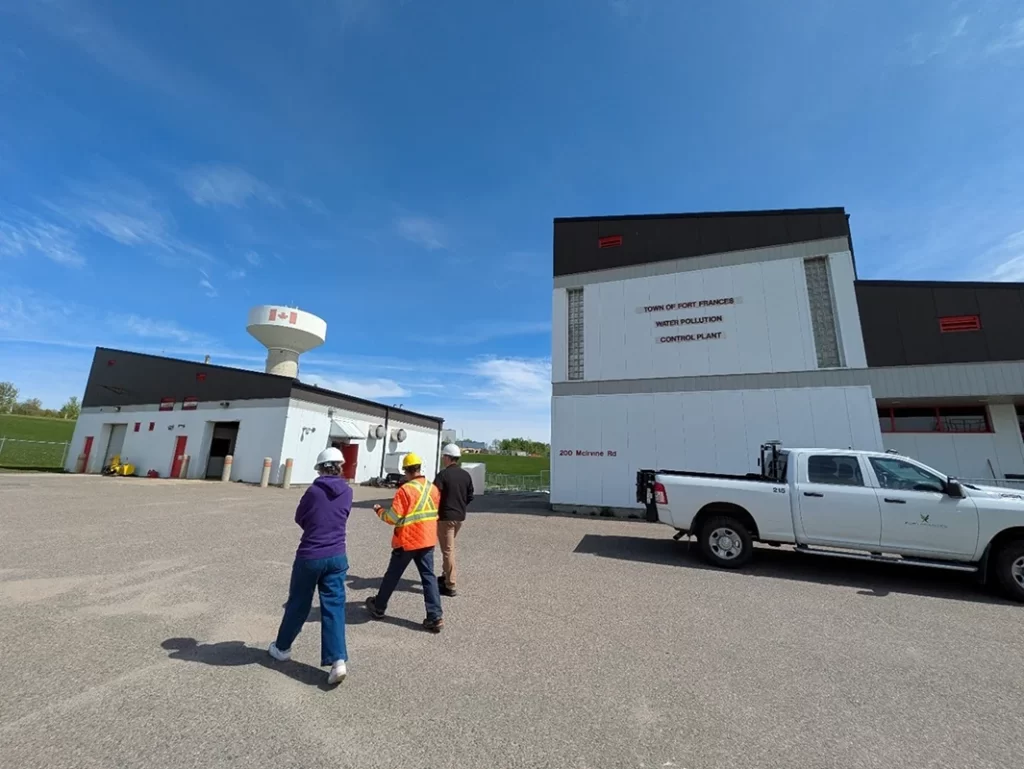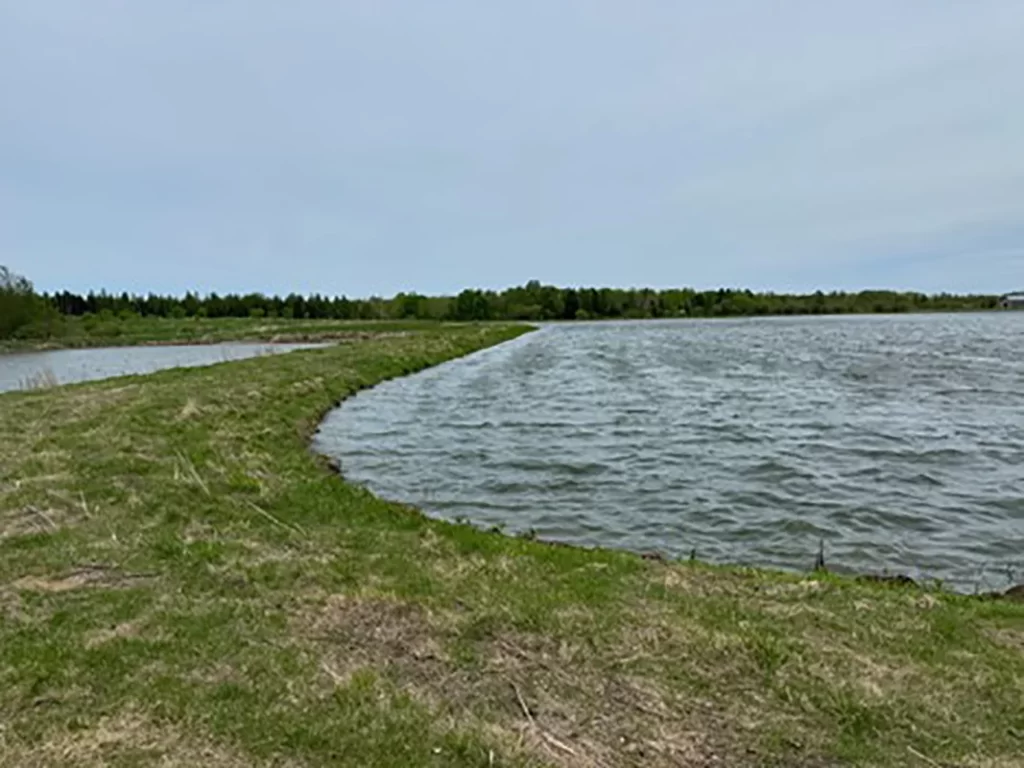Originally published in Lake of the Woods Area News, Volume 55, Number 4, Fall 2025
Since our last update, the Lake of the Woods Water Sustainability Foundation (LOWWSF) has been actively advancing the development of a Canadian Domestic Phosphorus Management Plan (PMP) for the Rainy-Lake of the Woods Watershed. With the support of the Canada Water Agency’s Lake of the Woods Freshwater Ecosystem Initiative, we have continued working collaboratively with communities, stakeholders, and experts across the basin to better understand sources of phosphorus, phosphorus loads, and strategies for its management. Phosphorus is a nutrient that drives algae blooms in Lake of the Woods.
Over the past several months, our team has held meetings with members of the project working groups. These groups, made up of professionals from industry associations, agricultural producers, Indigenous communities, scientists, and government agencies, have provided valuable insights and local expertise to inform and guide the PMP development process. These conversations help us understand current practices, identify challenges, and explore practical solutions to reduce phosphorus entering the watershed.
As part of this effort, we have also conducted field visits to learn directly from those managing land and water systems in the region. We toured wastewater lagoons and treatment facilities in communities such as Emo and Fort Frances to observe how phosphorus is currently being managed and treated in municipal systems. We were encouraged to see how well these systems are functioning, many demonstrating strong performance, dedicated staff, and a clear commitment to protecting water quality.


Additionally, we have visited agricultural lands and mining facilities, meeting with producers and industry representatives to better understand both non-point (landscape) and point-source (permitted and regulated) contributions, as well as the stewardship efforts already underway across the basin. These site visits continue to enhance our understanding of the opportunities and constraints different sectors face in phosphorus reduction.
Community outreach and relationship-building remain at the heart of this project. We continue to meet with partners throughout the watershed to share updates, listen, and learn from one another. Whether through community events, direct conversations, or upcoming engagement meetings, we are committed to ensuring this plan is grounded in local knowledge and informed by the experiences of those who live and work in the basin.
Research and learning are ongoing. We are reviewing existing phosphorus management strategies from other jurisdictions, including the Minnesota Total Daily Maximum Load Phosphorus Management plan, and working to identify best practices that can be adapted for use here. Our aim is to develop a plan that reflects the diverse realities of the Rainy-Lake of the Woods basin, aligning with international water quality goals, and supporting long-term lake health.
As we continue our work through the summer and into the fall, we welcome input from all interested individuals and organizations. For more information about the Domestic Phosphorus Management Plan or to get involved, contact our team at the Lake of the Woods Water Sustainability Foundation at meghanmills@lowwsf.com. Together, we can build a healthier future for Lake of the Woods by developing a framework to monitor and review progress toward achieving desired phosphorus-reduction outcomes.
You can also check out more of our project at our website: lowwsf.com/our-work/a-plan/domestic-pmp